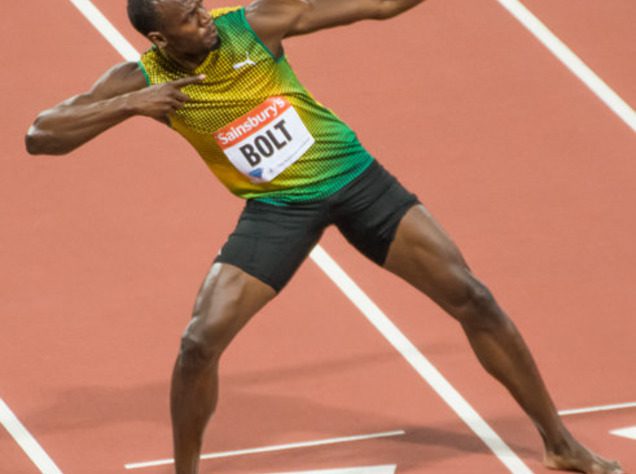Science is discovering day after day new ways and different techniques that benefit the human body. One the most notorious running gurus and coaches is Dr. Jack Daniels. People newer to the running scene may not be familiar with his research and philosophy, but much of the high school/collegiate/elite running community uses some form or variation of his training that he outlined in his book “Daniels Running Formula.”
Dr. Jack Daniels goes through the different paces and types of running while giving detailed physiological benefits of each type of running training. In his book, he includes his philosophy and experience backed with medical/physiological research. He breaks running paces into a variety of categories based on percentages of perceived effort, heart rate, and V02 max. They run something like this:
65% < 65%-75% 75%-85% 85%-90% 90-95% 95-100% 100% +
What These Mean
Each of those percentages represent a different type of running. His research shows that by training at each different level your body yields different benefits (yes even jogging and running at slow paces has a physiological benefit). For example, running at 75% effort of max heart rate or less (what Dr. Daniels refers to as recovery or easy running) allows the size of your red blood cells to increase. The result of this is they are able to carry more oxygen throughout your body. Because of the extra oxygen your body is able to move about at a quicker pace than previously but with a lower perceived effort.
Most elite distance runners spend a very large portion of their training running at an easy running pace. Most elites run 6-7 days a week and some run 2 or more times a day most days. Typically on an average week elite runners ONLY run 2-4 hard quality sessions a week. That means the other 6-10 runs they do are at an EASY pace. One common problem with beginning runners is the common mindset of “no pain, no gain.” Which in some respects is a very true statement. The problem is they go out 3-5 times a week and run as hard as they can for a certain distance. There is little to no variety. Pace may vary because of fatigue but effort is typically the same. Effort-wise these runners deserve an A+.
Unfortunately striving will not get you there. Your body needs a variety of different paces and training to bring out your potential. A little patience helps too. You will see some benefit by going out day after day and running the same distance at the same effort, but you definitely will not maximize your potential. Other paces that Dr. Daniels refers to are Tempo Running, Interval Training, Strides/Sprinting. Each of these types of training falls at a different point on the percentage of max effort ladder and all these types of training bring a desired physiological benefit. To develop athletes and bring out their full potential each of these types of training needs to be focused on and implemented. Installing any of these techniques will bring about results and will further develop at least one facet of a runner’s physiological system.
Be prepared for the biggest moments by mastering the small ones off the field.
How useful was this post?
Click on a star to rate it!
Average rating 5 / 5. Vote count: 2
No votes so far! Be the first to rate this post.



